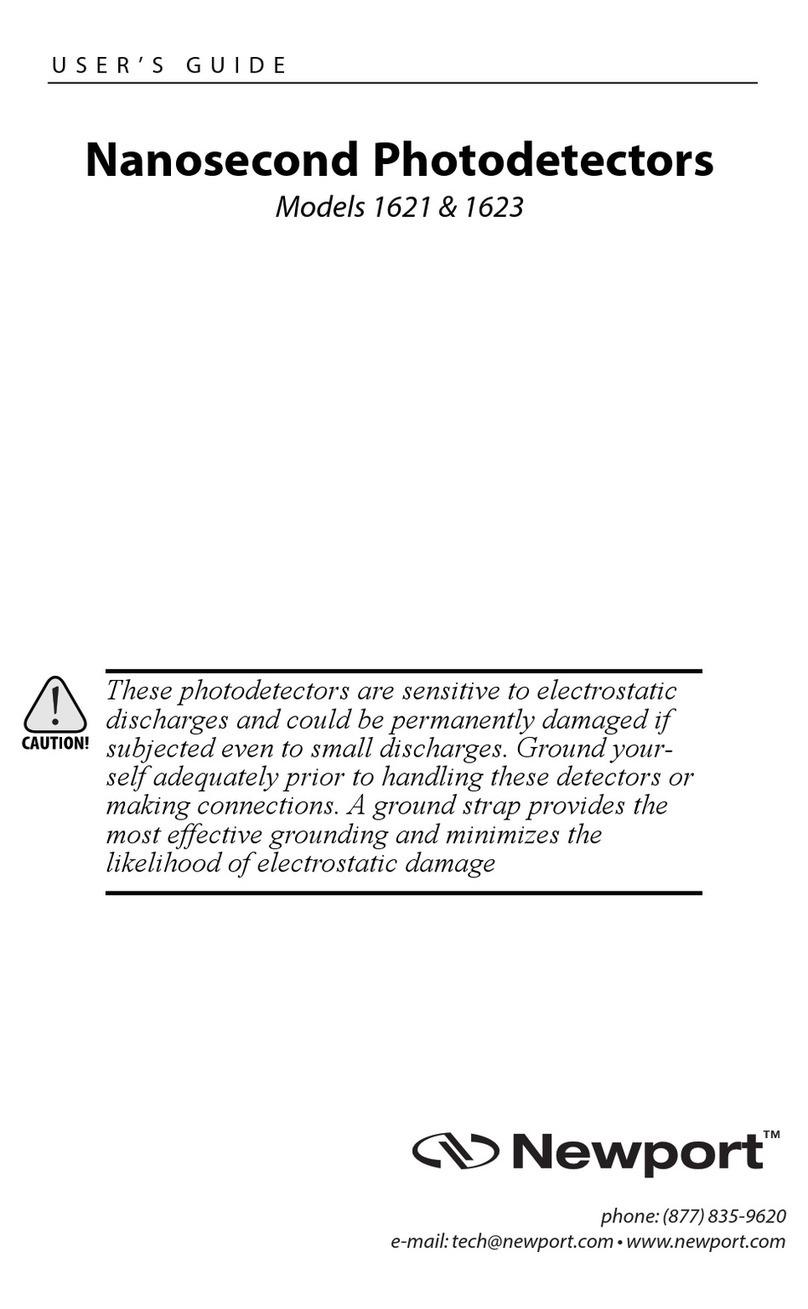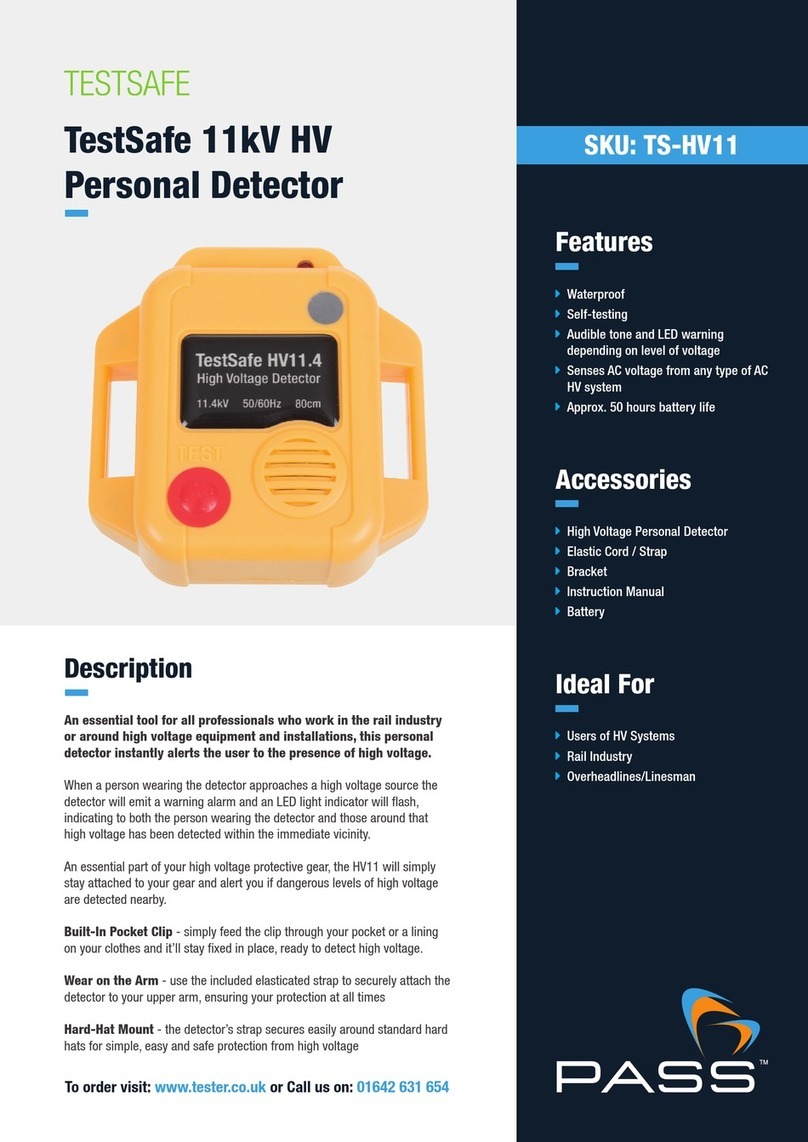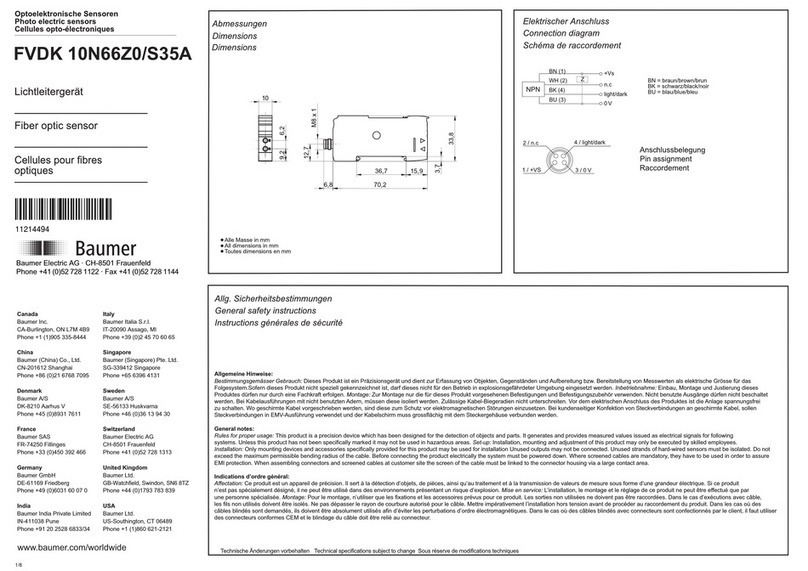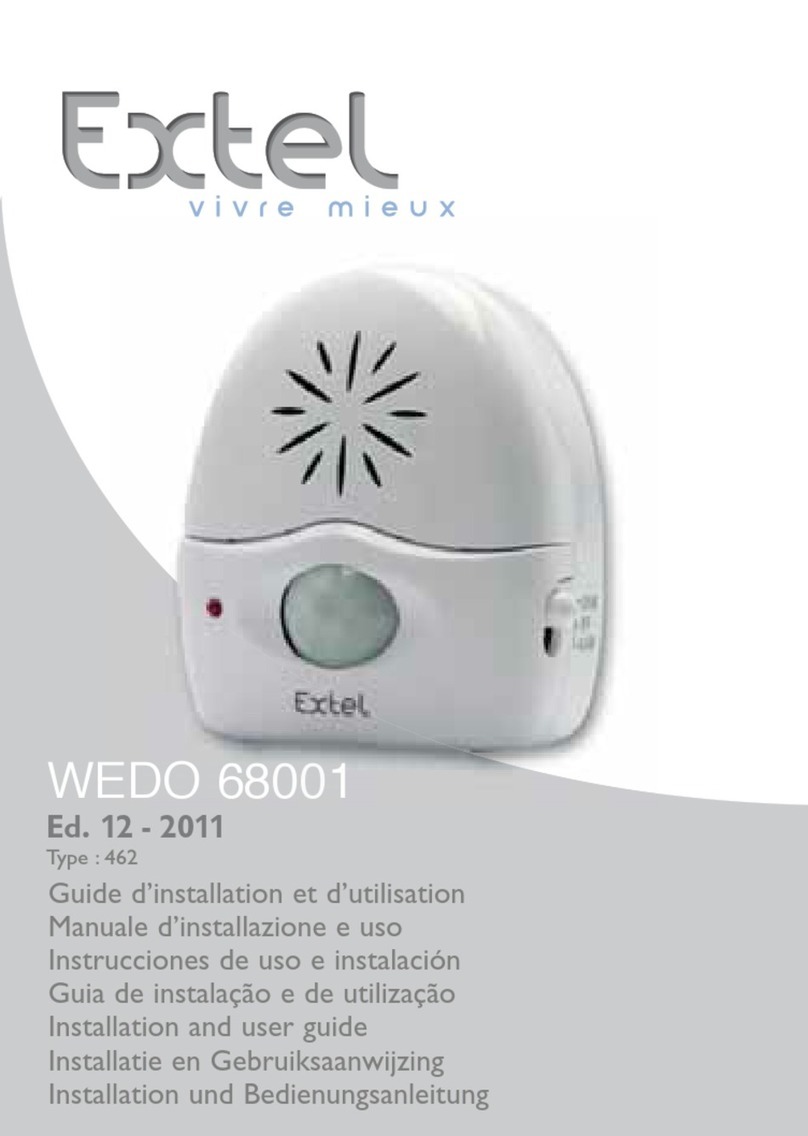Newport 818-BB-20 User manual

-~
ARTISAN
®
~I
TECHNOLOGY
GROUP
Your definitive source
for
quality
pre-owned
equipment.
Artisan Technology
Group
Full-service,
independent
repair
center
with
experienced
engineers
and
technicians
on staff.
We
buy
your
excess,
underutilized,
and
idle
equipment
along
with
credit
for
buybacks
and
trade-ins
.
Custom
engineering
so
your
equipment
works
exactly as
you
specify.
•
Critical
and
expedited
services
•
Leasing
/
Rentals/
Demos
• In
stock/
Ready-to-ship
•
!TAR-certified
secure
asset
solutions
Expert
team
ITrust
guarantee
I
100%
satisfaction
All
tr
ademarks,
br
a
nd
names, a
nd
br
a
nd
s a
pp
earing here
in
are
th
e property of
th
e
ir
r
es
pecti
ve
ow
ner
s.
Find the Newport 818-BB-30 at our website: Click HERE

Page 1of 6
NON-AMPLIFIED PHOTODETECTOR USER’S GUIDE
Thank you for purchasing your Non-amplified Photodetector. This user’s guide will help answer any questions
you may have regarding the safe use and optimal operation of your Non-amplified Photodetector.
TABLE OF CONTENTS
I. Non-amplified Photodetector Overview.......................................................................................................... 1
II. Operation of your Non-amplified Photodetector............................................................................................. 1
III. Troubleshooting ............................................................................................................................................... 2
IV. Drawings: Non-amplified Photodetectors ....................................................................................................... 3
V. Specifications: Non-amplified Photodetectors................................................................................................ 4
VI. Schematics: Non-amplified Photodetectors..................................................................................................... 5
VII. Glossary of Terms.......................................................................................................................................... 5
I. Non-amplified Photodetector Overview
The Non-amplified Photodetectors contain PIN photodiodes that utilize the photovoltaic effect to
convert optical power into an electrical current. Figure 1 below identifies the main elements of your
Non-amplified Photodetector.
Figure 1: Non-amplified Photodetector
When terminated into 50Ω into an oscilloscope, the pulsewidth of a laser can be measured. When
terminated into a spectrum analyzer, the frequency response of a laser can be measured.
II. Operation of your Non-amplified Photodetector
A. Caution: Eye safety precautions must be followed when utilizing any equipment used in the vicinity
of laser beams. Laser beams may reflect from the surface of the detector or the optical mount and
caution must be exercised.
B. Mount the detector to an optical stand by the mounting holes on the bottom of the detector housing.
C. Adjust the voltage of the oscilloscope to 100mV/division before connecting the detector. On models
with >3V bias supply, the signal may be large enough to damage the oscilloscope if this is not done.
Sensor
Aperture
BNC
Connector

Page 2of 6
D. Connect the detector to the oscilloscope using a 50Ω coaxial cable that one meter or less.
E. Use the 50Ω termination input of the oscilloscope. If the oscilloscope does not have a 50Ω input,
connect the coaxial cable to a 50Ω terminator and connect this to the oscilloscope’s 1MΩ input.
F. After being certain that the damage threshold of the detector is not exceeded, place the detector in
the center of the laser beam.
III. Troubleshooting
A. No signal is seen the first time the detector is used.
1. Be certain that the signal is not high off scale on the oscilloscope.
2. Is the wavelength of the laser within the spectral range of the detector?
3. Has a 50Ω termination input been used?
4. Try moving the detector within the laser beam.
5. Is there enough light (see sensitivity spec on the data sheet) incident on the detector to generate a
signal?
B. A signal has been previously obtained, but not currently.
1. Try steps listed under A.
2. Inspect the active area of the photodiode for any signs of damage.
3. Try a higher input termination on the oscilloscope, but remember to return to 50Ω if this does not
work.
4. Test the power supply:
a. Units with internal batteries will typically operate for several years, but operation with CW
or high rep rate lasers can drain the batteries much faster. If a load is present at the output,
current will be drawn from the batteries, so disconnect the BNC when not in use.
Remove top cover to replace the 3V lithium cells with Duracell Model DL2430, positive side
down.
b. Units with an external power supply should at least receive the voltage that is printed on the
plug.
5. You can terminate the detector in 1MΩ input of an oscilloscope to obtain a higher output voltage
signal but this will decrease the detector’s bandwidth by a factor of 5x10-5.
C. Increasing the power incident on the detector does not result in a higher voltage signal on the
oscilloscope:
1. The detector is probably saturated. You should lower the power incident on the detector to a
level below the saturation point.

Page 3of 6
IV. Drawings: Non-amplified Photodetectors
A. 818-BB-20, 818-BB-21 Dimensions:
B. 818-BB-22, 818-BB-40 Dimensions:
C. 818-BB-30, 818-BB-31 Dimensions:

Page 4of 6
V. Specifications: Non-amplified Photodetectors
A. Biased Silicon Photodetectors:
Part No. (Model)
818-BB-20
818-BB-22
818-BB-21
818-BB-40
Rise Time/Fall Time
<350ps/<350ps
<1.5ns/<1.5ns
<300ps/<300ps
<30ns/<30ns
Responsivity at 830nm
0.12mA/W
0.6A/W
0.47A/W
0.6A/W
Power Supply (VDC)
3
24
9
24
Spectral Range (nm)
350-1100
200-1100
350-1100
350-1100
Bandwidth
>1.0GHz
>200MHz
>1.2GHz
>25MHz
Active Area Diameter
110μm x 55μm
2.55mm
0.4mm
4.57mm
Dark Current (nA)
<0.11
<10
<0.1
<10
Acceptance Angle (1/2 angle)
20⁰
50⁰
10⁰
60⁰
Noise Equivalent Power (pW/√Hz )
<0.15
<0.09
<0.01
<0.09
Maximum Linear Rating
CW current: 20mA
Energy per 10ns pulse: 20uJ
CW current: 2.5mA
Pulse current: 15mA
CW current: 3mA
Pulse current: 3mA
CW current: 2mA
Optical input: 3mW
Mounting (Tapped Holes)
8-32 or M4
8-32 or M4
8-32 or M4
8-32 or M4
Output Connector
BNC
BNC
BNC
BNC
B. Biased InGaAs Photodetectors:
Part No. (Model)
818-BB-30
818-BB-31
Rise Time/Fall Time
<175ps/<175ps
<175ps/<175ps
Responsivity at 1300nm (A/W)
0.9
0.85a
Power Supply (VDC)
6
6
Spectral Range (nm)
800-1750
800-1750
Bandwidth
>2GHz
>1.5GHz
Active Area Diameter
100µm
100µm
Dark Current (nA)
<2.0
<1.0
Acceptance Angle (1/2 angle)
20⁰
N/A
Noise Equivalent Power (pW/√Hz )
<0.03
<0.02
Maximum Linear Rating
CW current: 5mA
CW current: 5mA
Mounting (Tapped Holes)
8-32 or M4
8-32 or M4
Output Connector
BNC
BNC
aCoupling loss from FC receptacle.

Page 5of 6
VI. Schematics: Non-amplified Photodetectors
VII. Glossary of Terms
Bandwidth: The range of frequencies from 0Hz (DC) to the frequency at which the amplitude decreases
by 3dB. Bandwidth and rise time can be approximately related by the equation:
Bandwidth ≈ 0.35/rise time for a Gaussian pulse input.
Bias Voltage: The photodiode’s junction capacitance can be modified by applying a reverse voltage.
The bias voltage reduces the junction capacitance, which causes the photodiode to have a faster
response.
BNC Connector: Used to connect the customer’s coaxial cable.
Dark Current: When a termination is present, a dark current (nA range) will flow if the photodiode is
biased. Disconnecting the coaxial cable will prevent this current from flowing.

Page 6of 6
Decoupling Capacitor: Maintains bias voltage when fast pulses cause the battery voltage to reduce (this
would slow the response time of the photodiode); the capacitor allows the battery to recover to its initial
voltage. It also acts as a filter for external power supplies.
Noise Equivalent Power (NEP): A function of responsivity and dark current and is the minimum
optical power needed for an output signal to noise ratio of 1. Dark current is the current that flows
through a reverse biased photodiode even when light is not present, and is typically on the order of nA.
Shot noise (Ishot) is a source of noise generated in part by dark current; in the case of reversed biased
diodes it is the dominant contributor. NEP is calculated from shot noise and responsivity. For example,
for a responsivity @ 830nm = 0.5 A/W:
q = charge on an electron
Photodiode: Converts photons into a photocurrent.
Resistor: Protects the photodiode from excessive current. This could occur if an external power supply
was too high in voltage, or if its polarity were reversed; this happens when a customer uses their own
power supply.
Responsivity: In amps per watt (A/W), responsivity is the current output of the photodiode for a given
input power, and is determined by the diode structure. Responsivity varies with wavelength and diode
material.
Rise Time/Fall Time: Rise Time is the time taken by a signal to change from a specified low value to a
specified high value. Fall Time is the time taken for the amplitude of a pulse to decrease from a
specified value to another specified value. A larger junction capacitance will slow the detector’s
response time.
Hz0.08pA/s0.08pA)1020)(2(1.6x10=2_ 9-19 AxAsqINoiseShot d
Hz0.16pW/
0.5A
W
*
08.0
/R830nm Hz
pA
INEP shot

Artisan
Technology
Group
is
an independent supplier
of
quality pre-owned equipment
Gold-standard
solutions
Extend the life
of
your
critical industrial,
commercial, and military systems
with
our
superior service and support.
We
buy
equipment
Planning to
upgrade
your current
equipment? Have surplus equipment taking
up shelf space? We'll give it a
new
home.
Learn
more!
Visit us at artisantg.com for more info
on price quotes, drivers, technical
specifications, manuals, and documentation.
Artisan Scientific
Corporation
dba
Artisan
Technology
Group
is
not
an affiliate,
representative,
or
authorized
distributor
for
any
manufacturer
listed herein.
We're here to make your life easier.
How
can
we
help you today?
(217)
352-9330
Isales@artisantg.com Iartisantg.com
This manual suits for next models
5
Table of contents
Other Newport Security Sensor manuals
Popular Security Sensor manuals by other brands

Jaycar
Jaycar LA5172 manual

Eaton
Eaton MAB50R Installation and operation manual
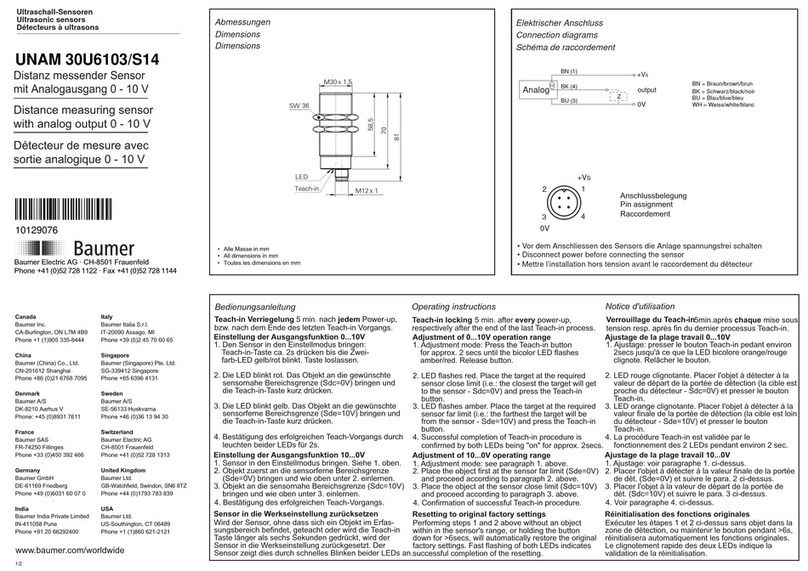
Baumer
Baumer UNAM 30U6103/S14 quick start guide

ITALIANA SENSORI
ITALIANA SENSORI 8066-ISR052 Programming and operating manual
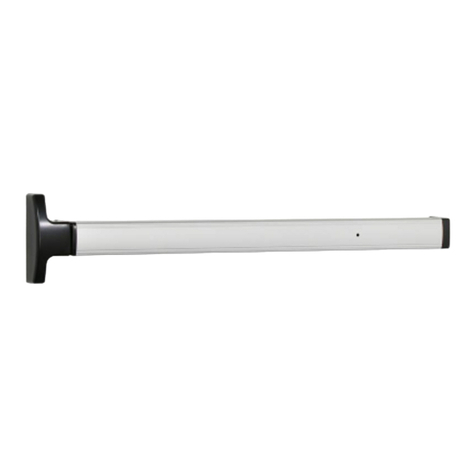
Ingersoll-Rand
Ingersoll-Rand FALCON 1690 Touchbar installation instructions
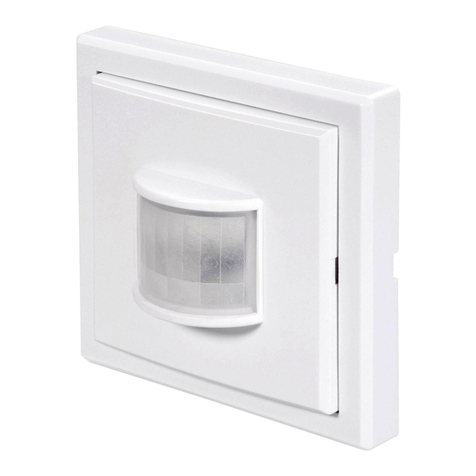
Conrad
Conrad 75 19 01 operating instructions
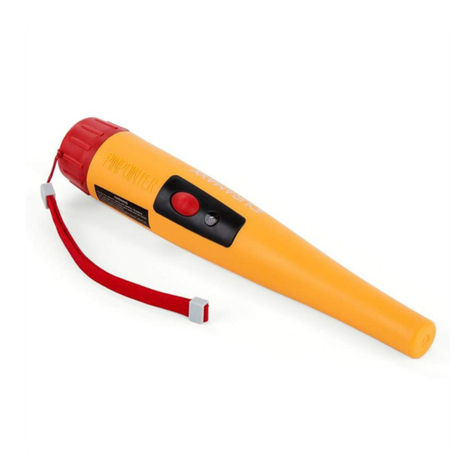
Duramaxx
Duramaxx Powerpoint manual

Inovonics
Inovonics EchoStream ES1265 Installation and operation manual
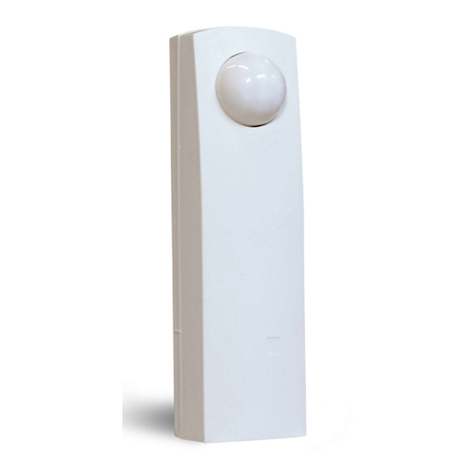
AMC
AMC IF800T installation manual
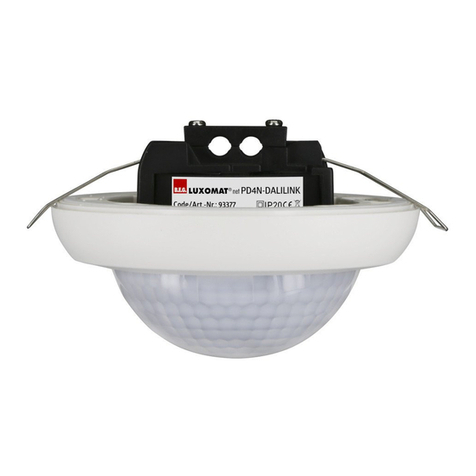
B.E.G. LUXOMAT
B.E.G. LUXOMAT PD4N-DALILINK Mounting instructions

Potter
Potter PAD200-DUCTR installation manual

PCB Piezotronics
PCB Piezotronics Tourmaline ICP 138A02 Installation and operating manual
